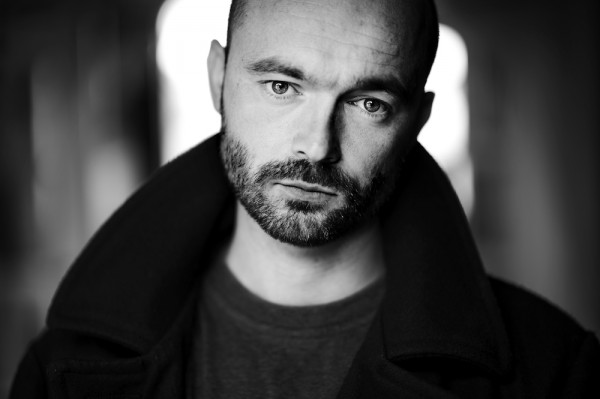On the Cerro Rico
On the Cerro Rico
Cédric Gerbehaye
December 20, 2016
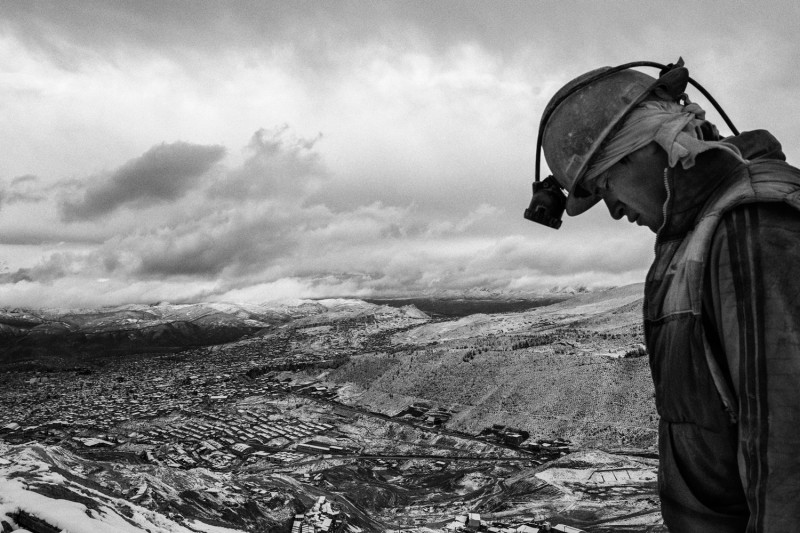
On the heights of Cerro Rico, the Rich Moutain, at 4300 meters of altitude. Downhill, the miners’ barracks and the city of Potosí
The Cerro Rico – the ‘rich mountain’ with an altitude of 4800 metres – is situated above the city of Potosí, historically founded by Spanish conquerers. Centuries of over-exploitation have left the mountain so riddled with tunnels that it would come as no surprise if it were to collapse in on itself at any day. So why are the mining plants, which in themselves are already run with shockingly low safety standards, not simply closed down? The answer is that mineral resources are among the few commodities Bolivia has in abundance – and that for the inhabitants of the barren mountain region, this is the only available source of work.
In fact Potosí is even expanding, as this is where people come when they give up on cultivating the barren highland soil. As a small cog in the global mineral-trade machine you can at least rely on a meagre income. Coca leaves and 90-percent alcohol make the daily grind more bearable. In the 16th century, the Cerro Ricco yielded the raw materials for the coins of the Spanish conquistadors. They subsequently flooded Europe with the currency to such an extent that it brought about the first inflation of world-historical proportions. Today it is predominantly tin and zinc that are mined from the mountain, largely for the global electronics industry. For anyone who has ever wondered what the supply chain that ends in our lifestyle accessories actually looks like, the area around the Cerro Ricco certainly paints a picture of where it begins.
Gerbehaye’s decision to compose his documentary in hues of grey further emphasises the harshness and desolation that pervades the everyday lives of tens of thousands of people until the day they die. This reportage was the first project Cédric Gerbehaye shot with the Leica Q. He wanted to avoid having to haul heavy equipment in a terrain where altitude sickness, or soroche as it is called here, is a common hazard. The Leica Q with its fast 28mm Summilux, along with a sensor capacity for crops equivalent to 35 and 50mm focal lengths, was the perfect tool to achieve his aim: to make the sub-structure of global capitalism visible in the form of powerful images.
The Belgian photographer’s reportage is featured in LFI 1/2017. The images shown here are additional material.
Cédric Gerbehaye+-
was born in Belgium in 1977. He is a documentary photographer, teacher and founding member of the MAPS Agency. He is the author of Congo in Limbo, Land of Cush, Sète #13 and D'entre eux, which are all published by Le Bec en l'air. His work has received multiple international awards, including the Olivier Rebbot Award of the Overseas Press Club of America; a World Press Photo; and the Amnesty International Media Award. His pictures have been widely exhibited and are included in numerous museum collections. Gerbehaye lives in Brussels. More

On the heights of Cerro Rico, the Rich Moutain, at 4300 meters of altitude. Downhill, the miners’ barracks and the city of Potosí

Entrance of the Pailarivi mine. It is the biggest and oldest mine of Cerro Rico. It has been exploited since the 16th century
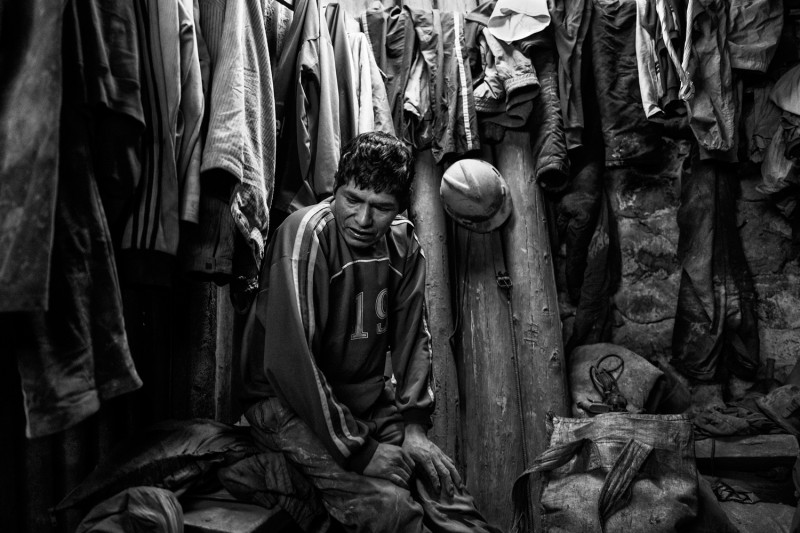
Geronimo, exhausted, is changing clothes at the end of the day, in a small hut on the site of the Pailaviri mine
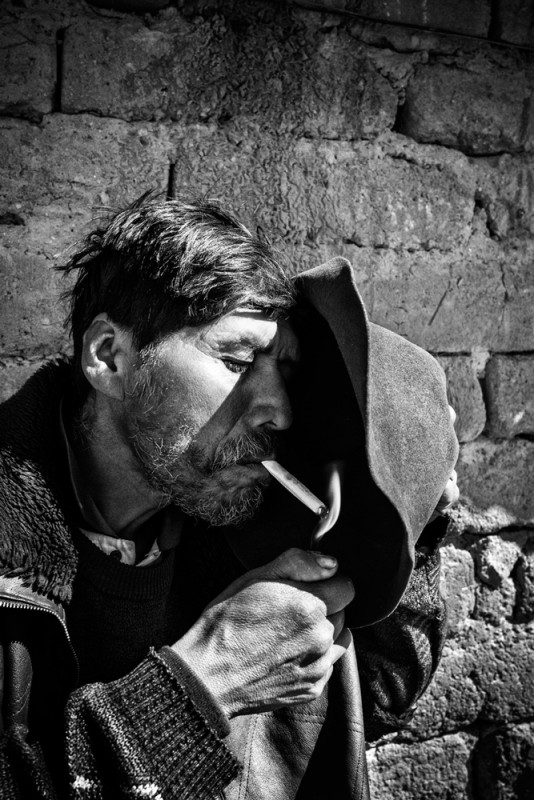
A miner of Santa Rita mine lights a cigarette. Many miners are suffering from silicosis, a lung disease caused by the inhalation of silica dust particles
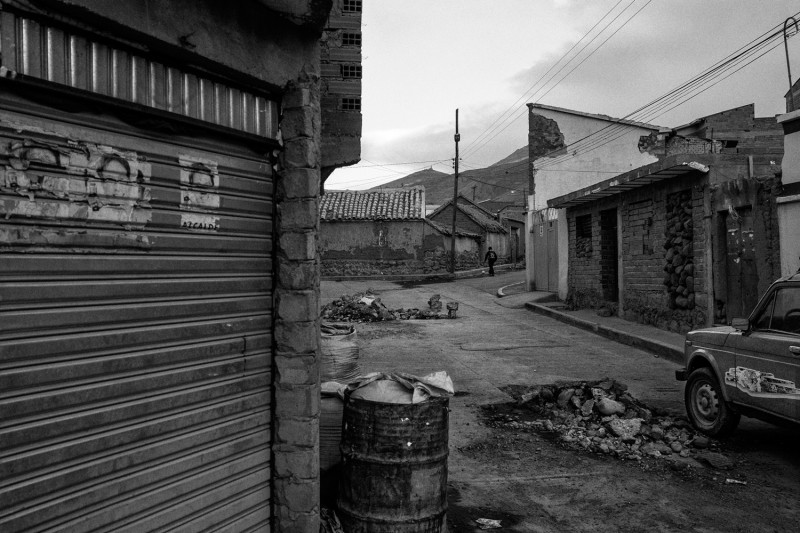
Potosí street scene
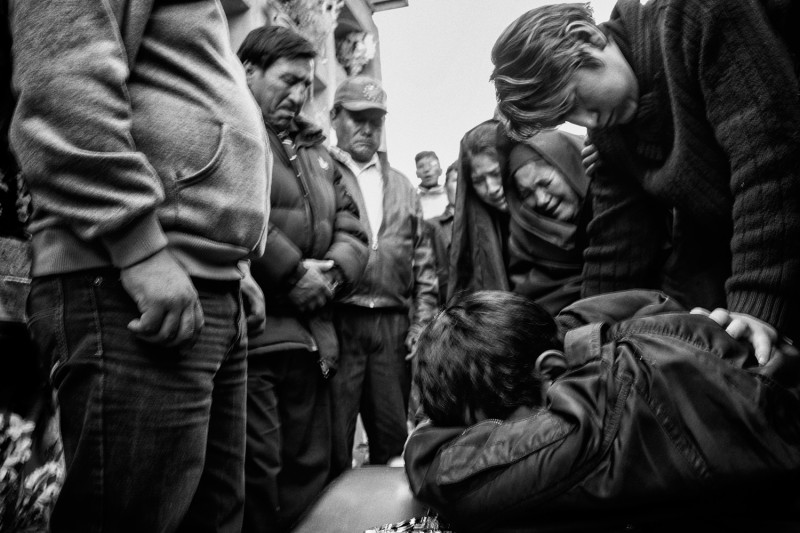
The funeral of a miner deceased the day before in an accident inside the mine
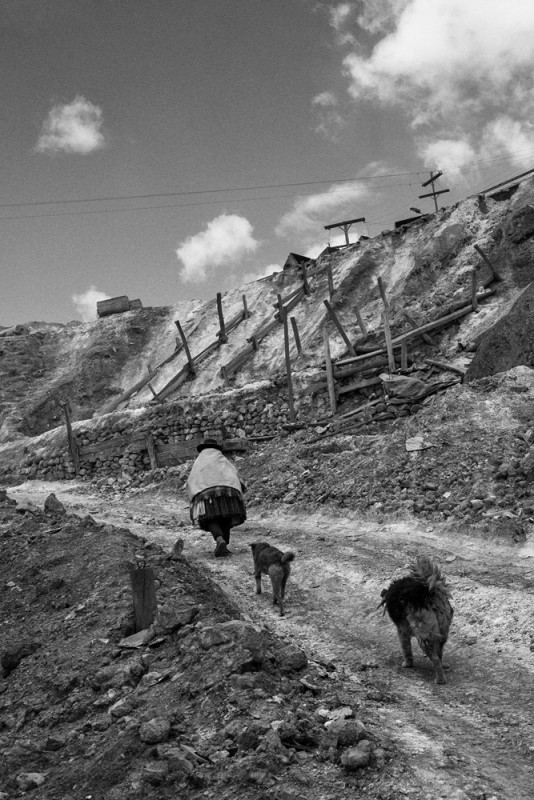
Due to intense exploitation, the Cerro Rico is now exposed to strong risks of collapse
